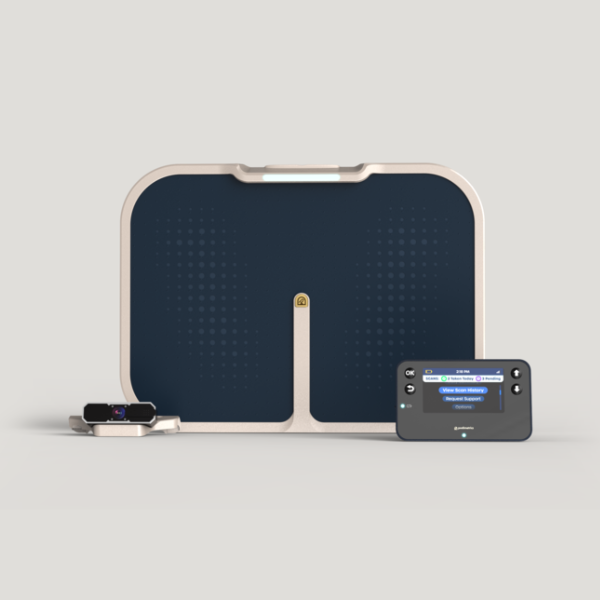An estimated 15-25% of people with diabetes will develop a diabetic foot ulcer at least once during their lifetime, reports the National Institutes of Health. When not treated, diabetic foot ulcers can become infected and increase the risk for amputation. Here’s more about how to manage diabetic foot ulcers and how to prevent them from coming back again later down the road.
How Are Diabetic Ulcers Treated?
Diabetic ulcers can be effectively treated using methods such as off-loading, debridement, and dressings. Surgery may be required to treat severe ulcers that do not respond to non-invasive methods.
Off-loading involves taking pressure off the ulcer so it can heal more quickly. Your podiatrist may recommend using crutches, a foot brace, custom orthotics, or a wheelchair to prevent you from placing pressure on the wound.
Debridement involves removing dead skin and tissue on and around the ulcer, which is done professionally by your podiatrist. This may also include removing any foreign materials or objects embedded in the foot wound.
Dressings can help your foot ulcer stay covered and moist, which accelerates healing and reduces the risk of infection, according to the American Podiatric Medical Association (APMA). Your podiatrist can show you how to wrap and care for your wound in person during your appointment.
How Can I Care for My Diabetic Foot Wound at Home?
If you are off-loading, follow your podiatrist’s instructions about how to best keep pressure off your foot ulcer. Try to rest and stay off the ulcer as much as possible so it heals relatively quickly.
If your ulcer is being treated using dressings, including after debridement, your podiatrist will show you how to clean your ulcer and change and apply the dressings. Keeping your wound clean at all times will reduce your risk for infection. If you are taking medications, use them properly as directed.
Will Controlling My Diabetes Help Me Manage a Diabetic Ulceration?
Getting your blood sugar level under control may speed up the healing of your diabetic ulceration and reduce the risk of future occurrences. Work with your primary care provider to manage and treat diabetes.
According to a study published in the International Journal of Preventive Medicine, steps you can take to prevent and manage diabetes-related complications such as ulcers include:
- Making healthy lifestyle changes, such as exercising and eating nutritious foods
- Controlling and lowering high blood pressure
- Losing excess weight
- Quitting smoking
- Lowering cholesterol levels
- Eating fewer foods with saturated and trans-saturated fatty acids
How Else Can I Prevent a Foot Ulcer in the Future?
There are plenty of other ways to prevent and reduce your risk for a foot ulcer if you are living with diabetes. Other steps you can take to prevent a chronic diabetic foot ulcer wound in the future include:
- Never going barefoot, which can help you avoid puncture wounds on your feet
- Inspecting your feet daily for blisters, cuts, cracks, and sores
- Wearing comfortable shoes that fit properly
- Keeping your feet clean and dry at all times
- Changing socks when they become moist or wet
- Trimming your toenails regularly
- Seeing your podiatrist regularly for a foot examination
How Often Should I Visit My Podiatrist for Diabetic Foot Care?
If you have diabetes, make an appointment with your podiatrist at least once a year to receive a foot examination. You may need to go more frequently if your diabetes is severe and uncontrolled or if you have a history of diabetic foot ulcers. Your podiatrist can help you establish a diabetic foot care schedule based on your medical history and talk to you in greater detail about the development and complications of diabetic foot ulcers. We hope this has been helpful in teaching you more about how to manage diabetic foot ulcers and how to prevent them from coming back again in the future.





